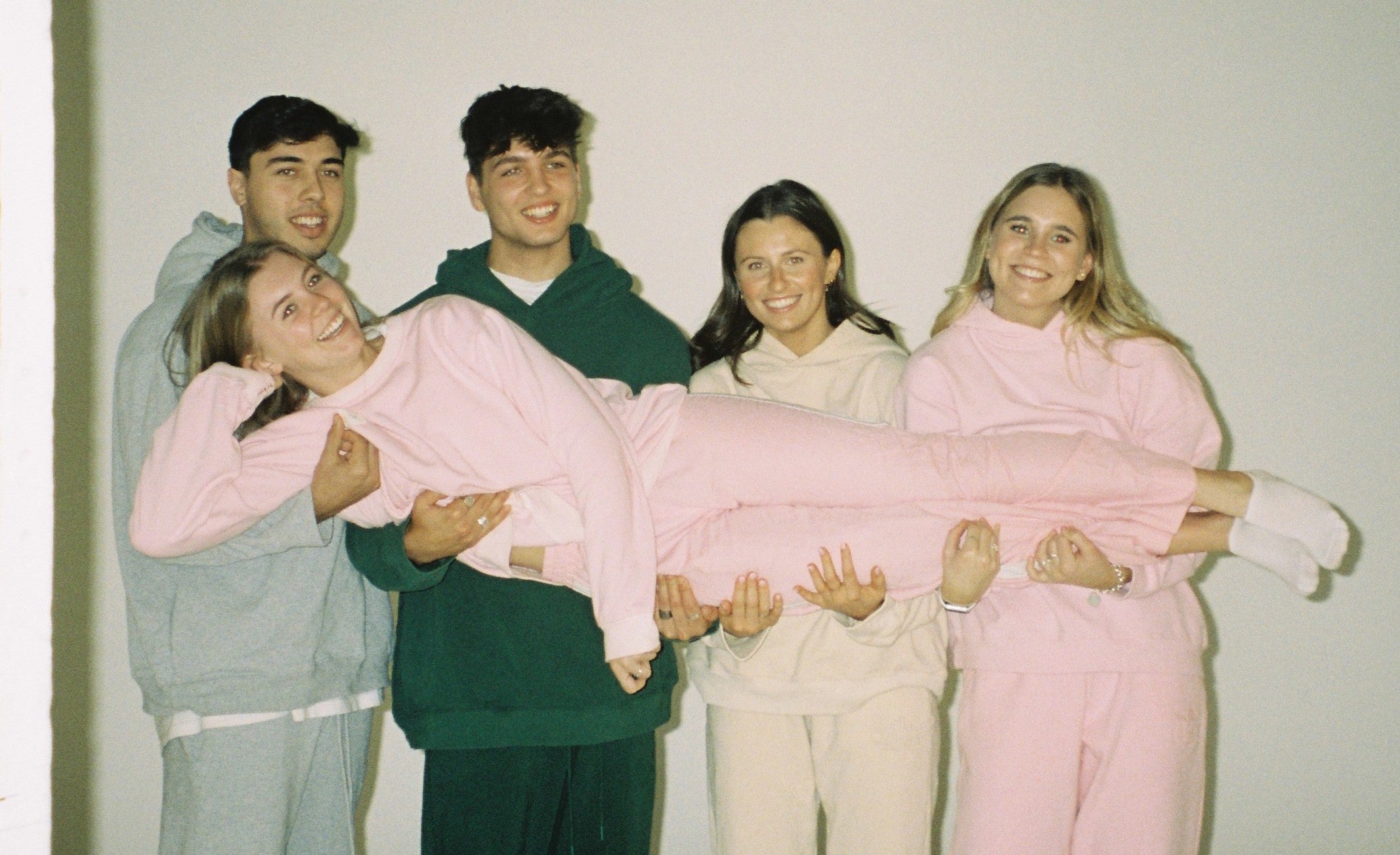Like most things that are worthwhile, it is much easier to ‘say’ the word than ‘act’ the word and sustainability sure is one of those. Nowadays environmental sustainability is so mainstream in marketing parlance that it has gone way beyond cliché. The challenge for us all is how we act in this space.
Don’t worry, I think about this every hour of every day and it has formed a big part of what I’m trying to do with Stella Claire.
Let's talk a little bit about cotton.
Cotton is a natural product, it is biodegradable and breaks down easily. It is the most widespread non-food crop in the world estimated to employ over 350 million people worldwide. Six countries produce 80% of the world's cotton – China, India, Australia, Brazil, the US and Pakistan but the sad thing is that especially since the start of this century, cotton has steadily been losing market share to synthetics. It is estimated that 21% of fashion production today is cotton garments versus 65% for synthetics.
But like everything it is a balancing act – cotton is a ‘thirsty’ crop and even more worrying is the fact that 4% of the world's pesticides are used in cotton growing that can contribute to polluting local ecosystems. Amazingly it takes about 20,000 litres of water to produce just one kilo of cotton – that’s about as much cotton as there is in one pair of jeans – a T-shirt about 2,700 litres. If you don’t want to sleep at night, think about this – it’s estimated that global textile production uses about 93 billion cubic metres of water every year – about 4% of global fresh water. That’s a huge number especially when you realise that a cubic metre of water is 1,000 litres – that’s a lot of jeans and even more T shirts… every year. That’s nearly as many litres as there are stars in our Milky Way galaxy.
I’ll stop now because these numbers are all getting a little bit out of hand but to give it some perspective, our individual daily water use here in Aotearoa is a comparatively miniscule 170 litres per day meaning it takes about 15 days to use as much water as is needed to grow the cotton needed for one T-shirt.
I wish I could paint a better picture but it gets even worse when at the other end of this fashion conundrum it is estimated that 92 million tons of textiles are thrown away every year – that’s the equivalent of a rubbish truck full of clothes ending up in landfill every second of every day of every year.
I’m not trying to be alarmist here but I guess what I’m saying is that there are so many layers to sustainability.
Too often we hear the complaint about traffic congestion, especially as we sit in our car in peak hour traffic. In these instances do we ever stop to think that WE are the traffic.
So, how does Stella Claire adknowledge this kind of issue? Well, we make a point of sourcing ethically produced cotton, mainly from mills in China with strong environmental credentials. But just as importantly I want to make a quality natural garment that you will love to wear. I don’t want you to buy more than what you need, and I want you to be enjoying it and choosing to wear it in two, three- and four-years’ time. It is simple and enduring, you are supporting a local business but most importantly, if you buy Stella Claire, rather than becoming part of the problem, I hope you are feeling more part of the answer.
Like everything we are in this together – it’s not me making a crewneck and you buying it. It’s about us all choosing to do something better than we did yesterday.
Thanks for reading, see you soon!
Always remember to Be Kind,
Stella x






1 comment
Ian Swney
Thanks for this. It’s staggering to learn the ‘embodied water’ in the stuff we use. 4660L in a single serve of steak!!
And I read today it takes 11,000 L to dilute the effects of nitrogen fertilisers used to produce ONE litre of milk. WT actual F.
It’s clear we’ve all got to use a lot less of everything and only buy new quality shit that goes the distance.
Leave a comment
This site is protected by hCaptcha and the hCaptcha Privacy Policy and Terms of Service apply.